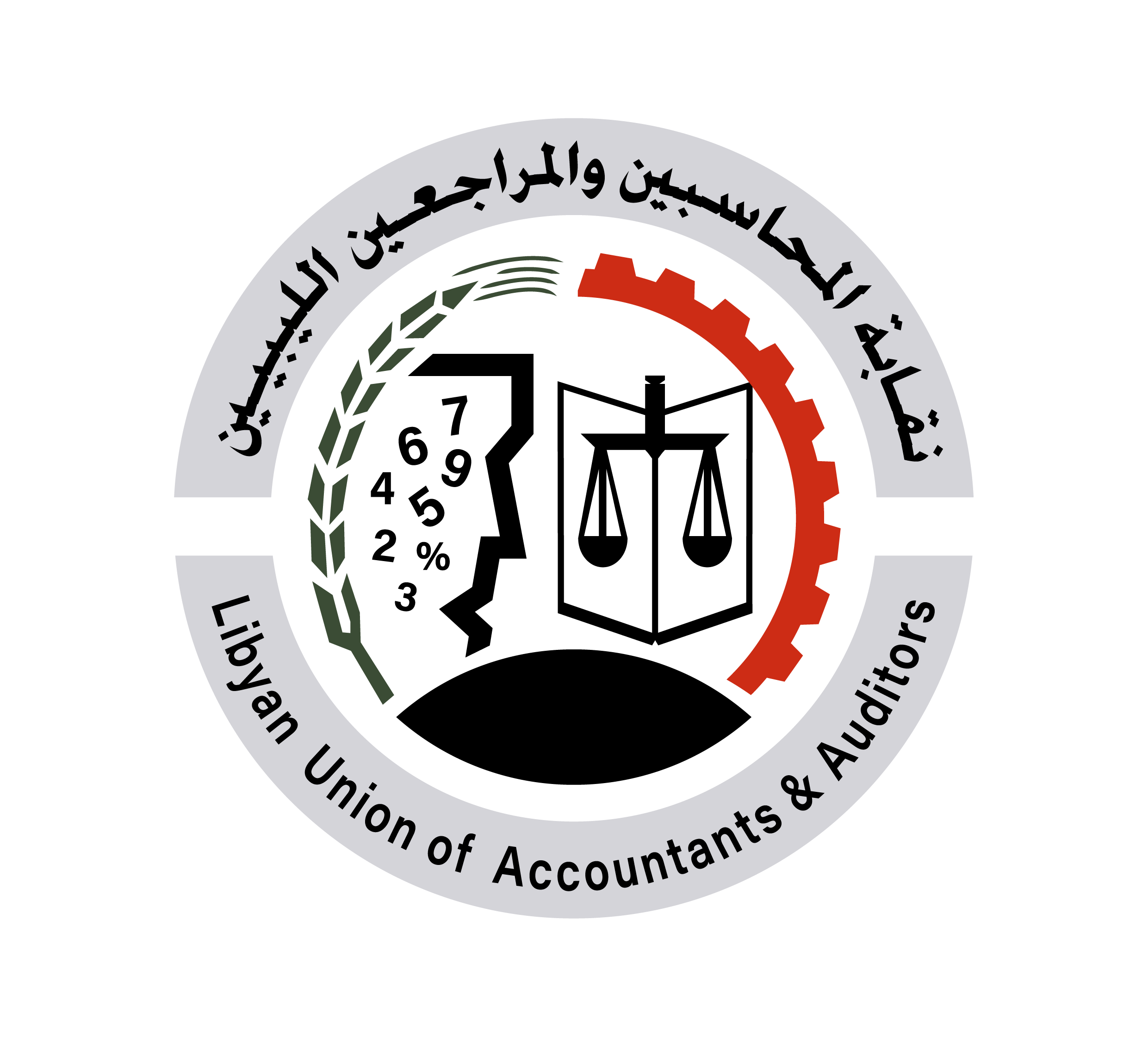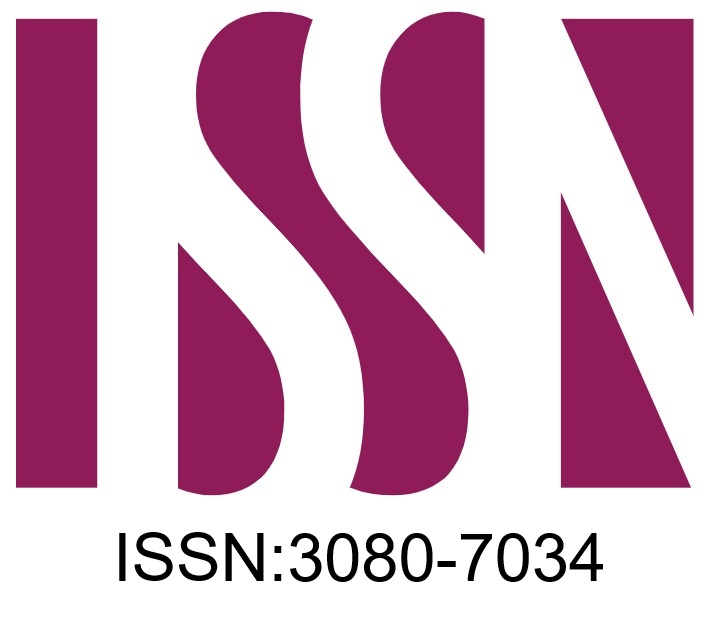Relationship Between Money Supply and Some Macroeconomic Variables in The Libyan Economy During Period (1990-2022)
DOI:
https://doi.org/10.5281/zenodo.16907370الكلمات المفتاحية:
KEY WORDS: Money supply, Macroeconomic Variables, Autoregressive Distributed Lag (ARDL), Granger Causality Test الكلمات المفتاحية: المعروض النقدي، المتغيرات الاقتصادية الكلية، الانحدار الذاتي ذو التأخير الموزع (ARDL)، اختبار السببية لجرانجر.الملخص
5
المراجع
- References13
[1] Wibowo, B. P., & Setyowati, E. (2023, February). Analysis of Factors Affecting Interest Rates, Money Supply, Exchange Rates, Government Expenditures, Government Revenues, and Tax Revenues on Inflation 1992-2022. In Proceeding Medan International Conference on Economic and Business (Vol. 1, pp. 1852-1862).
[2] Pesaran, M. H. (2015). Time series and panel data econometrics. Oxford University Press.
[3] Pesaran, M. H. (2007). A pair-wise approach to testing for output and growth convergence. Journal of econometrics, 138(1), 312-355.
[4] Allais, M. (1966). A restatement of the quantity theory of money. The American economic review, 56(5), 1123-1157.
[5] Batarseh, A. (2021). The nature of the relationship between the money supply and inflation in the Jordanian economy (1980–2019). Banks and Bank Systems, 16(2), 38.
[6] Banerjee, A., Dolado, J., & Mestre, R. (1998). Error‐correction mechanism tests for cointegration in a single‐equation framework. Journal of time series analysis, 19(3),
[7] Bello, M. Z., & Saulawa, M. A. (2013). Relationship between Inflation, Money Supply, Interest Rate and Income Growth (Rgdp) in Nigeria 1980-2010. An Empirical Investigation. Journal of Economics and Sustainable Development, 4 (8).
[8] Bourhrous, A. (2022). REBUILDING LIBYA’S ECONOMY ON NEW AND SUSTAINABLE GROUNDS. Policy Brief, (137).
[9] Boucher Breuer, J., & Flynn Lippert, A. (1997). Internal Relative Price Stationarity in Long‐Run Purchasing Power Parity. Review of International Economics, 5(2), 195-203.
[10] Denbel, F. S., Ayen, Y. W., & Regasa, T. A. (2016). The relationship between inflation, money supply and economic growth in Ethiopia: Co integration and Causality Analysis. International Journal of Scientific and Research Publications, 6(1), 556-565.
[11] Dickey, D. A., & Fuller, W. A. (1979). Distribution of the estimators for autoregressive time series with a unit root. Journal of the American statistical association, 74(366a), 427-431.
[12] Engle, R. F., & Granger, C. W. (1987). Co-integration and error correction: representation, estimation, and testing. Econometrica: journal of the Econometric Society, 251-276.
[13] Friedman, B. M., & Kuttner, K. N. (1992). Money, income, prices, and interest rates. The American Economic Review, 472-492.
[14] Friedman, M. (1992 ). Quantity theory of money. In Money (pp. 1-40). London: Palgrave Macmillan UK.
[15] George, C., Suoyai, E., Tema, L., & Boloekeye, M. (2018). Impact of money supply on some macroeconomic variables on the Nigerian economy. Journal of business management and economic research, 2(5), 32-46.
[16] Granger, C. W. (1969). Investigating causal relations by econometric models and cross-spectral methods. Econometrica: journal of the Econometric Society, 424-438.
[17] Ifionu, E., & Akinpelumi, O. F. (2015). Macroeconomic variables and money supply: Evidence from Nigeria. African Research Review, 9(4), 288-307. Jawo, [18] A., Jebou, M., & Bayo, L. F. (2023). The Relationship between Inflation, Exchange Rate, Money Supply and Economic Growth in The Gambia. Technium Soc. Sci. J., 40, 213.
[19] Long, P. D., Hien, B. Q., & Ngoc, P. T. B. (2021). Money supply, inflation and output: an empirically comparative analysis for Vietnam and China. Asian Journal of Economics and Banking.
[20] MOHSIN, K. (2021). Measuring the financial and monetary impact of public expenditure and money supply on inflation in Iraq. Turkish Journal of Computer and Mathematics Education (TURCOMAT), 12(13), 5233-5241.
[21] MacKinnon, J. G. (2010). Critical values for cointegration tests (No. 1227). Queen's Economics Department Working Paper.
[22] Muhammad, S. D., Wasti, S. K. A., Hussain, A., & Lal, I. (2009). An empirical investigation between money supply government expenditure, output & prices: The Pakistan evidence. European Journal of Economics, Finance and Administrative Sciences, (17), 60.
[23] Nasir, R., Waheed, R., & Nasir, W. (2021). The Impact of Money Supply on Inflation in Pakistan. Journal of Economics, 2(1), 18-28.
[24] Niehans, J. (1987). Classical monetary theory, new and old. Journal of Money, Credit and Banking, 19(4), 409-424. .
[25] SAATCIOGLU, C., & KORAP, L. (2008). Long-run relations between money, prices and output: The case of turkey. Uluslararası Yönetim İktisat ve İşletme Dergisi, 4(7), 33-54.
[26] Stock, J. H., & Watson, M. W. (1993). A simple estimator of cointegrating vectors in higher order integrated systems. Econometrica: journal of the Econometric Society, 783-820.

التنزيلات
منشور
إصدار
القسم
الرخصة
الحقوق الفكرية (c) 2025 دراسات محاسبية

هذا العمل مرخص بموجب Creative Commons Attribution 4.0 International License.

Authors retain copyright and grant the journal right of first publication with the work simultaneously licensed under a Creative Commons Attribution (CC-BY) 4.0 License that allows others to share the work with an acknowledgment of the work’s authorship and initial publication in this journal.









